Ming-Chi Kuo: Apple Watch will use metal 3D printer components, produced by Polylite
Release time:
2024-06-17
Introduction: Last year, Apple said it would use 3D printing to produce parts for mobile phones or watches, but it was investigating between the laser and binder jetting processes. An industry insider revealed to Antarctic Bear that Apple was using the binder jetting process, but things seemed to have changed again.
On June 17, 2024, Antarctic Bear learned that well-known analyst Ming-Chi Kuo pointed out today: Apple Watch will begin to use components produced by 3D printing technology from the second half of this year; although there was no mass production last year, after more than a year of intensive testing, the current 3D printing production efficiency has been significantly improved. The supplier of 3D printer components is Polylite. Unlike before, Polylite was an equipment supplier last year and a manufacturer of components this year. Because 3D printing has cost advantages, Ming-Chi Kuo expects that Polylite's 3D printer component shipments will continue to grow in the next few years, and there is a chance to make Apple Watch cases.
Influenced by this news, the stock price of Polylite rose by 10% this morning. Currently, Polylite has not made any public statement on this news.
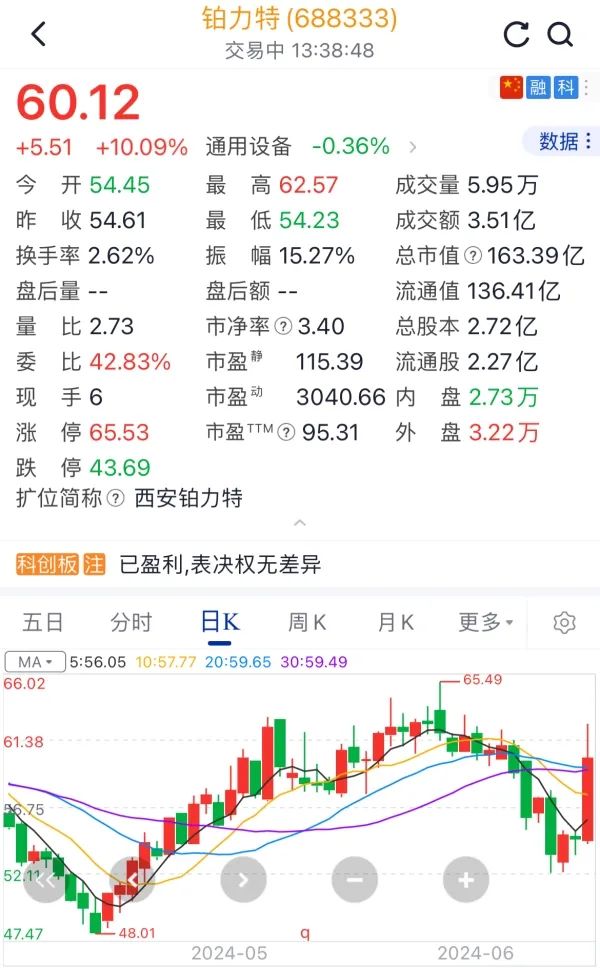
IT Home attached the original text of Guo Mingchi as follows:
●Series 10 will have an upgraded appearance, including a larger screen size (upgraded from 45mm/41mm to about 49mm/45mm) and thinner.
●The specifications of the Apple Watch Ultra model have not changed significantly. If the production yield can meet expectations, new casing color options (black/dark) may be added.
●Apple Watch will use components produced by 3D printing technology from 2H24. Although there was no mass production last year, after more than a year of intensive testing, the current production efficiency of 3D printing has been significantly improved.
●The supplier of 3D printing components is Polylite. Unlike before, Polylite was an equipment supplier last year and a component manufacturer this year. Because 3D printing has cost advantages, it is expected that Polylite's 3D printing component shipments will continue to grow in the next few years, and there is a chance to make Apple Watch cases (because the difficulty is lower than that of other Apple product cases).
Technology-driven to cost-driven, leading metal 3D printing to the era of mass production
Antarctic Bear Introduction: Metal 3D printing has gradually entered the stage of large-scale application. China's leading metal 3D printing manufacturer, Polylite, has an annual revenue of over 1 billion yuan and a market value of over 15 billion yuan, ranking first among the world's listed 3D printing companies. From technology-driven to cost-driven, metal 3D printing is gradually moving towards the era of mass production!

At the 2021 Asia TCT Exhibition, Polylite proposed the concept of "mass production era", which marks the official transition of 3D printing technology from the experimental verification stage to the mass application stage. In order to gain a deeper understanding of the strategy and technological innovation behind this transformation, Antarctic Bear interviewed Jia Xin, director and deputy general manager of Polylite, a metal 3D printing expert, at the 2024 Asia TCT Exhibition.
At the 2024 TCT Asia Show, we also saw that BLT has fully upgraded its 3D printers, including equipment automation, powder circulation system, and supporting software ecosystems, such as the BLT-MES system. This improves printing efficiency and printing quality, reduces costs and increases efficiency, and aims at mass production.
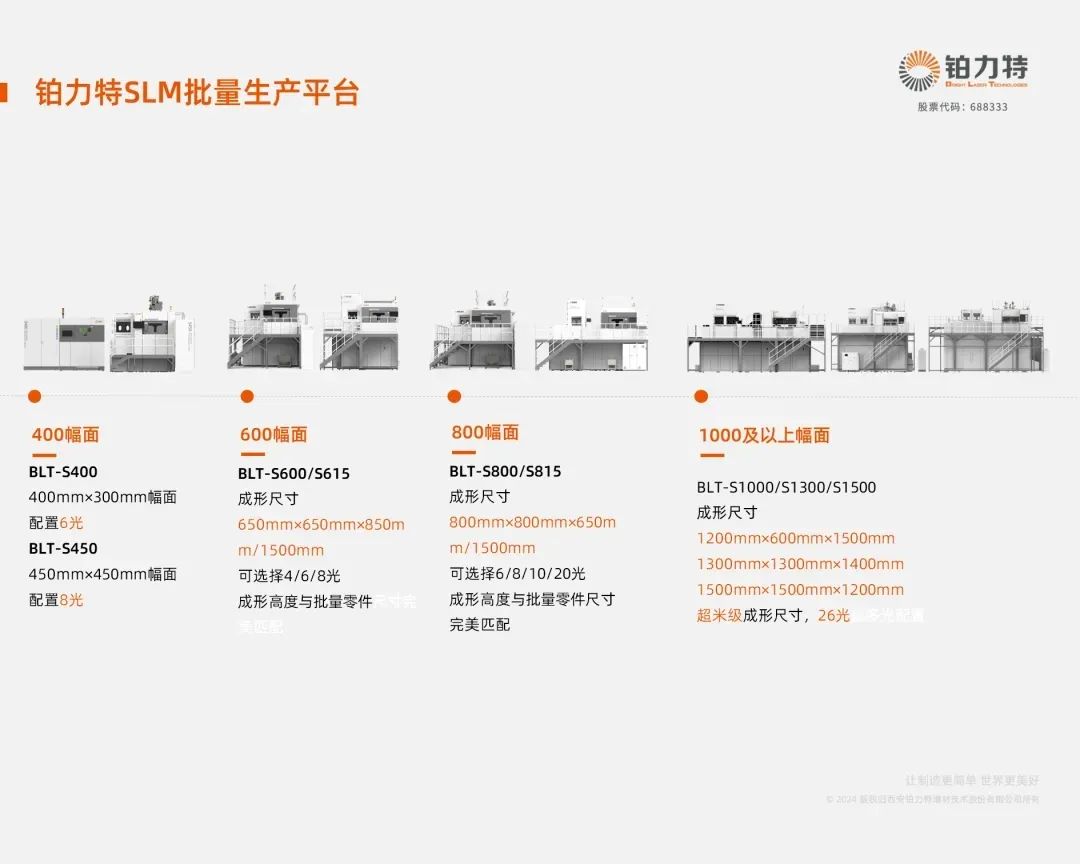
Jia Xin, director and deputy general manager of Polylite, said in an interview with Antarctic Bear: "With the popularization of 3D printing technology, the cost has gradually decreased. The technology, which was originally only used in certain fields, has now been widely used in civilian fields such as molds, bicycles, and consumer electronics (3C). These fields are more sensitive to costs and require high-efficiency and high-stability solutions."
"3D printing technology is increasingly being used in areas such as molds, bicycles, and consumer electronics, and the volume of applications in these areas may be even greater. Therefore, high efficiency and high stability have become the key."
Innovation drives large-format and multi-laser metal 3D printing equipment to a new level
BLT has demonstrated its outstanding technology and market leadership in multi-laser equipment, large format and multi-laser beam innovation, and strong R&D capabilities. At this TCT exhibition, BLT displayed a variety of multi-laser equipment, including BLT-S400, BLT-S450, and BLT-S800. These devices are equipped with more lasers in the same format, which greatly improves production efficiency and output without increasing the equipment footprint and the number of operators.
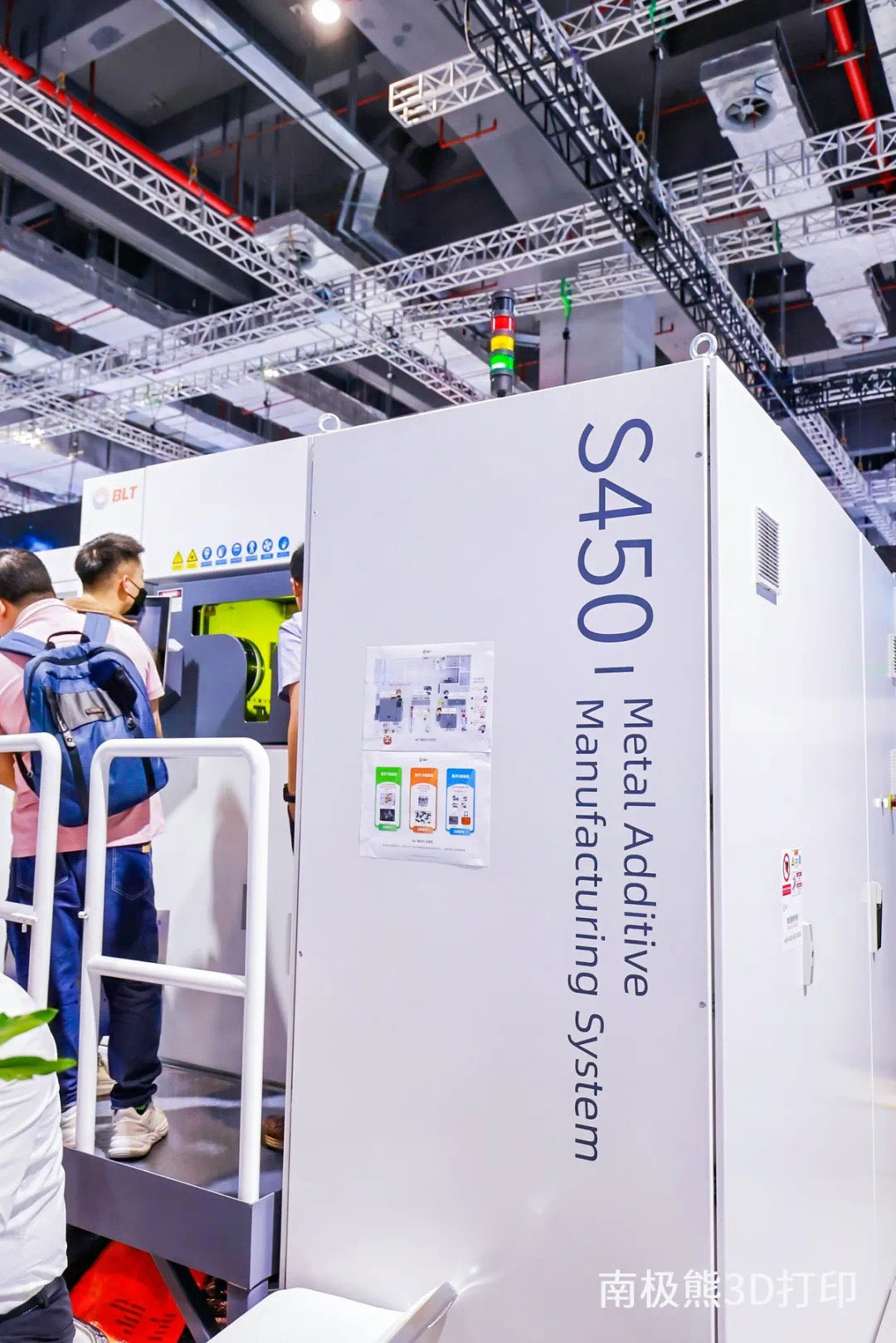
"We currently have the largest number of lasers in the same processing format. Why is this the case? It is because it has the highest input-output ratio." Jia Xin introduced in detail.
Large-format and multi-laser beam equipment has become the development trend of 3D printing technology. Although the use scenarios of large-format equipment are relatively few, BLT has invested a lot of energy in this field and developed equipment such as BLT-S1500 with 26 laser beams and BLT-S800 with 20 laser beams.
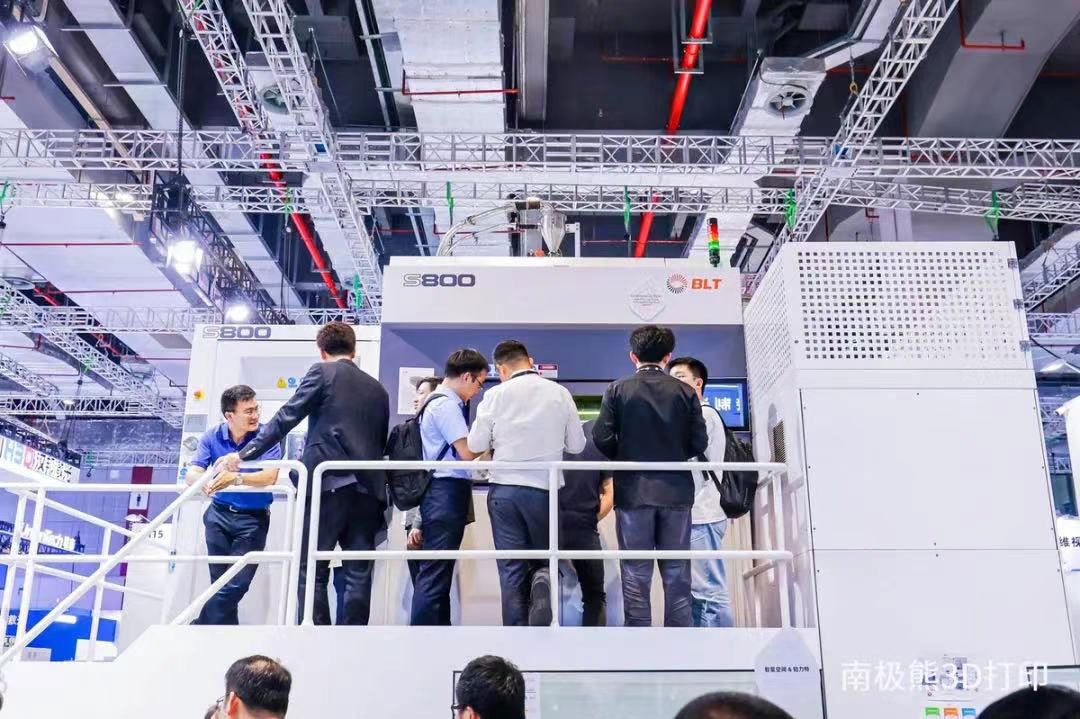
"For large-format products, you must have high efficiency and low cost so that customers can afford them before they can be widely used. Our company has made a lot of efforts in automation, stability and full-format consistency to meet the needs of mass production in the industry," Jia Xin pointed out.
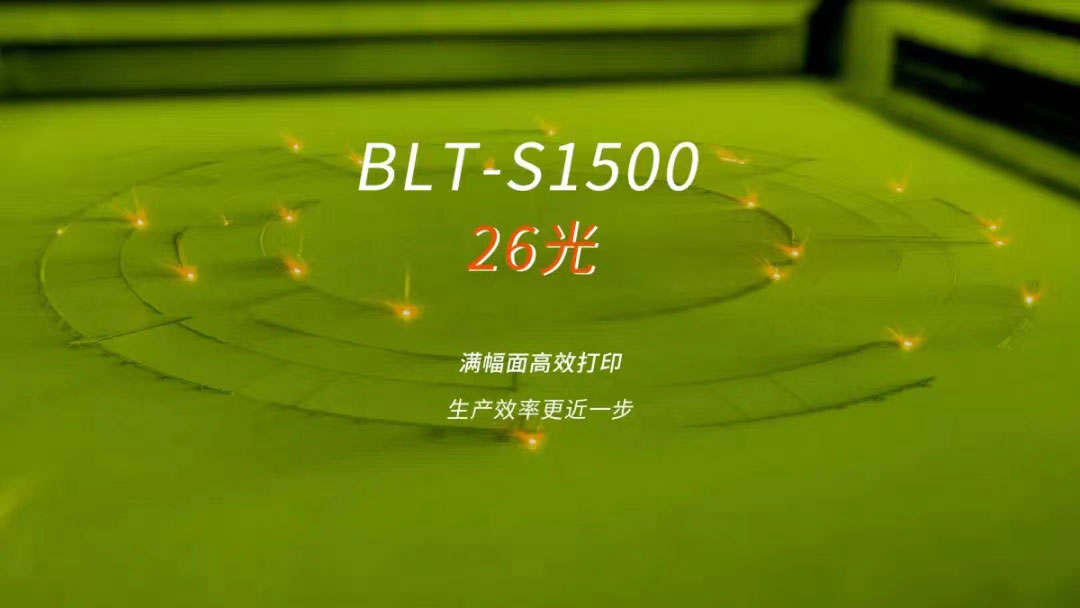
Of course, it is precisely because of such a professional and strong R&D team that Polylite can continuously launch innovative products in the field of 3D printing technology. The person in charge revealed that Polylite's R&D team is large, with more than 1,900 employees, of which more than 30% are R&D personnel. The team covers multiple fields such as materials, equipment, processes, software and post-processing, forming a complete metal 3D printing innovation system.
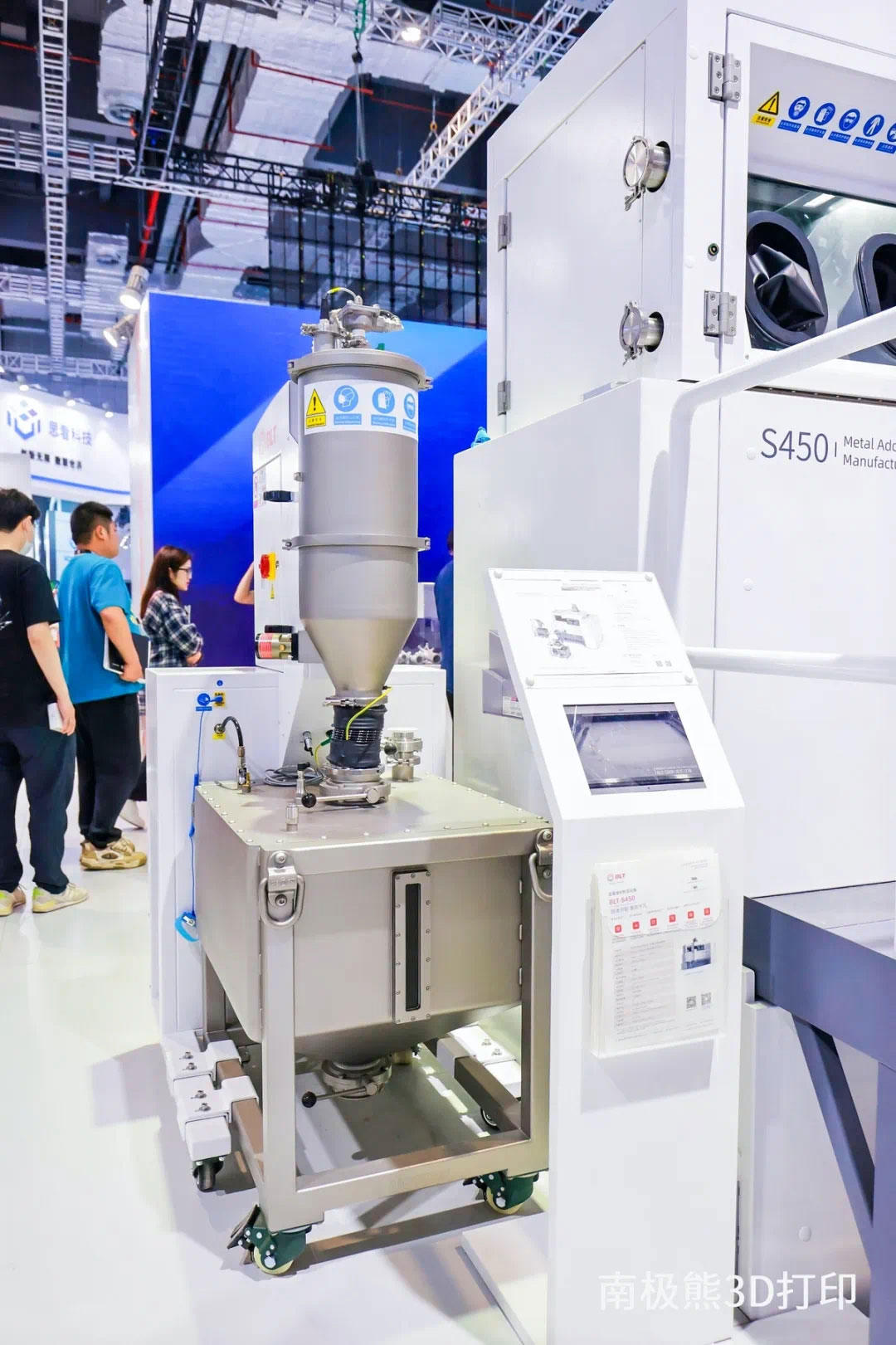
"We have a strong R&D team that covers materials, equipment, processes, software, post-processing and other aspects. It can be said that it is one of the most complete innovation systems for metal 3D printing in the world," Jia Xin said proudly. Through continuous R&D investment and technological innovation, Polylite has laid a solid foundation in promoting the transformation of 3D printing technology into the era of mass production.
Successfully applied in many fields such as industry, commercial aerospace and 3C civil
Polylite's 3D printing equipment is widely used in molds, bicycles, consumer electronics and other fields. The company is committed to improving the automation, stability and full-width consistency of the equipment to meet the needs of mass production in the industry. The person in charge said that Polylite is currently used in many fields such as aerospace, molds, bicycles, etc., which have high requirements for high efficiency and low cost.
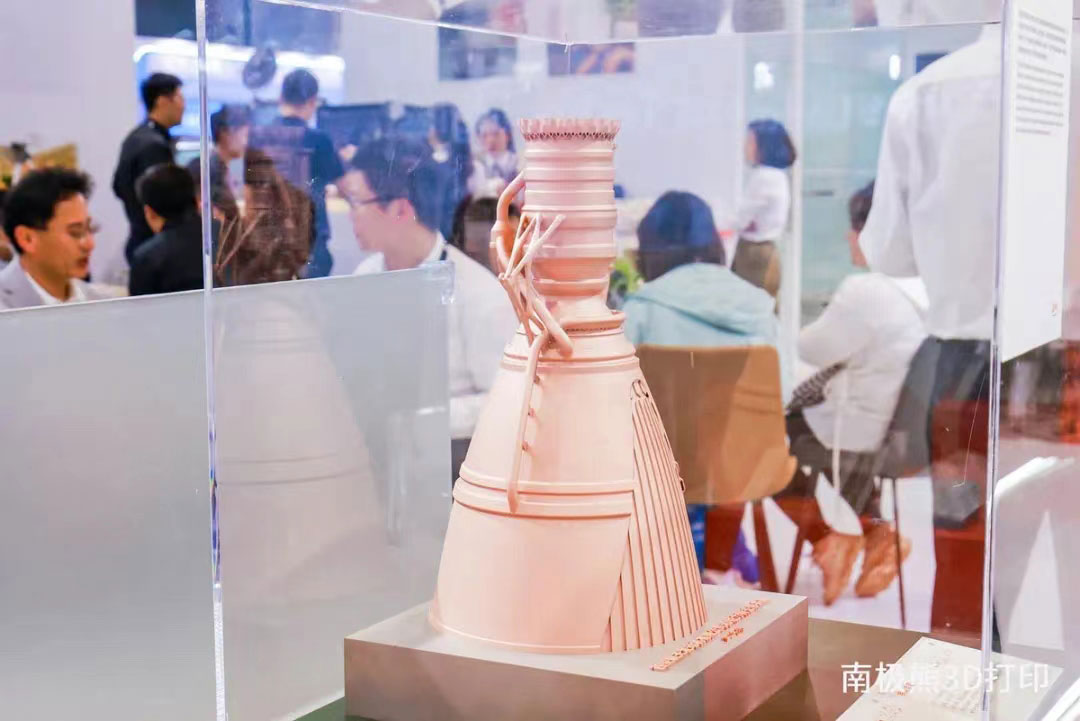
In the commercial aerospace sector, Polylite's 3D printing technology has achieved mass production of parts such as combustion chambers and tail nozzles. These parts are not only complex in design, but also need to meet extremely high performance requirements and low cost requirements. "The commercial aerospace sector is more receptive to 3D printing technology because it requires rapid response and low-cost production, which is exactly the advantage of 3D printing technology." Jia Xin explained.
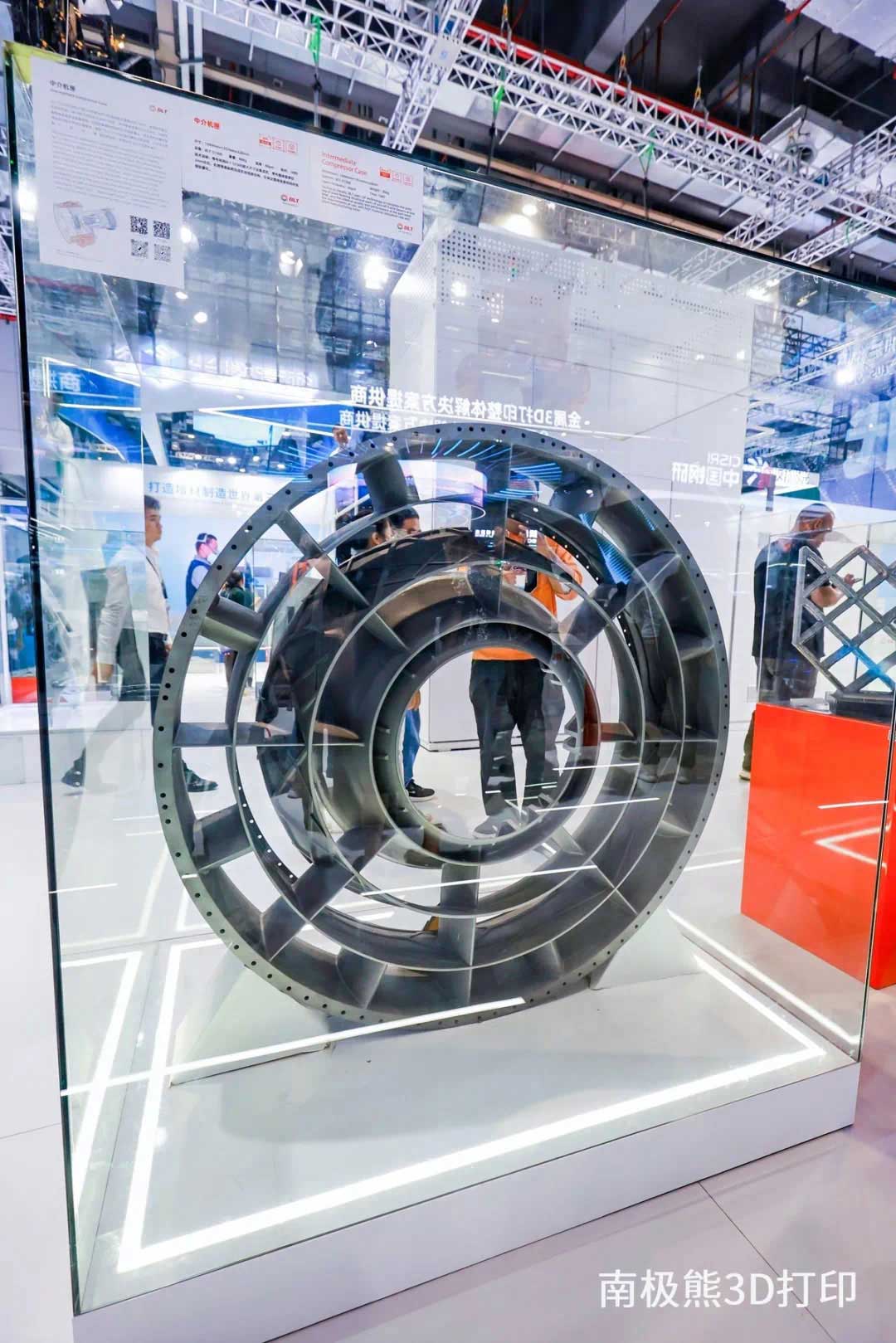
In the field of industrial machinery, Polylite's technology has also been widely used, especially in bicycle manufacturing and consumer electronics (3C). Jia Xin mentioned that 3D printing technology has shown great advantages in manufacturing topologically optimized frames, which are not only light in weight but also have high structural strength, meeting the needs of high-performance bicycles. In addition, Polylite's equipment is also increasingly used in the 3C field. For example, in the manufacture of smartphones and other consumer electronics, 3D printing technology is used to produce parts with complex structures, improving product performance and reliability.
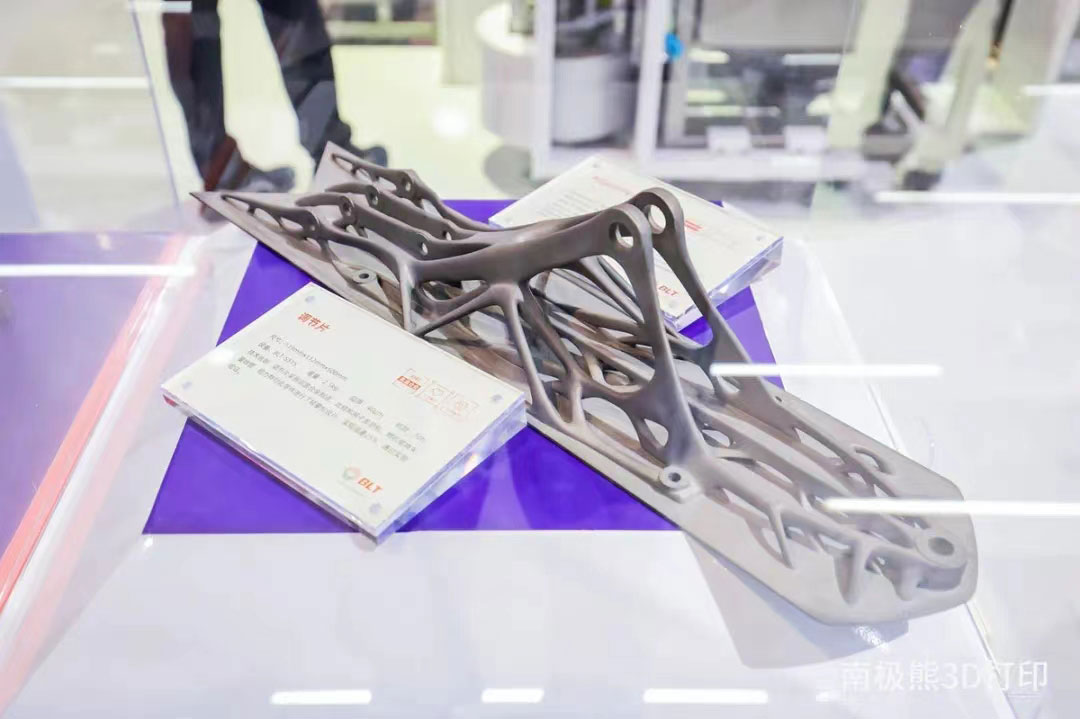
In the interview, Jia Xin introduced in detail some of the applications and technological innovations made by Platinum Technology in the field of die-casting molds through 3D printing technology. Traditional die-casting mold manufacturing processes are complex, long-term, and costly, while 3D printing technology provides a more efficient and flexible solution. Jia Xin mentioned that BLT's integrated BLT-S400 series, BLT-A450 and other equipment can significantly shorten the mold manufacturing cycle and enable rapid prototyping of complex structures. This is a huge advantage for industries that require frequent replacement and updating of molds. In addition, 3D printing can integrate optimized cooling channel design inside the mold to improve the cooling efficiency of the mold, effectively reduce damage caused by high temperature loads and high-frequency thermal fatigue, thereby extending the service life of the mold and product quality. He also pointed out that by using 3D printing technology, Bright is able to customize molds according to customers' specific needs, which not only improves the production efficiency of the molds, but also reduces costs.
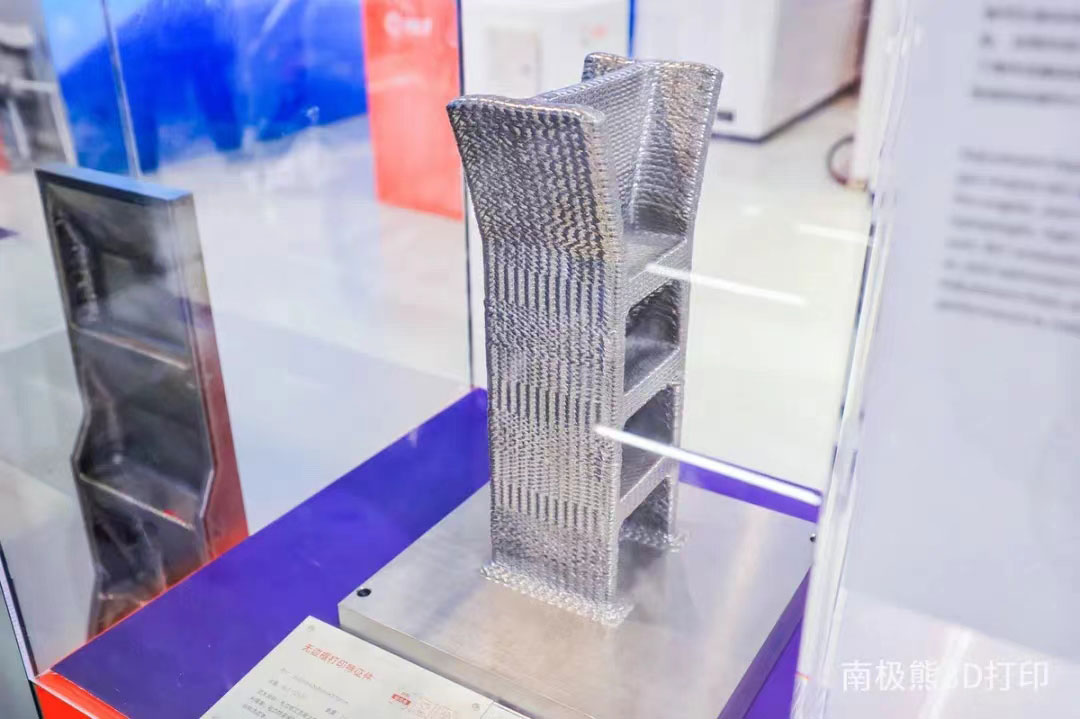
In terms of material innovation, BLT has demonstrated strong R&D capabilities and continuously expanded the application fields and application scenarios of 3D printing. Jia Xin mentioned that Blit has developed new materials suitable for 3D printing through material research and development and design based on specific application needs. For example, Platinum is researching and promoting the use of new materials such as copper alloys, pure copper, titanium aluminum, and Ti65. The application of these innovative materials not only breaks through the limitations of traditional materials, but also promotes the widespread application of 3D printing technology in more industries. Jia Xin specifically pointed out that Blit's production has 400 pieces of equipment to provide printing services to aerospace customers, which allows them to quickly respond to customer needs and continuously optimize the performance of materials and equipment. This model of close cooperation with customers has enabled BLT to achieve remarkable results in material innovation, allowing it to always maintain a leading position in the industry.

In addition, in the subsequent exhibition introduction, Jia Xin showed us many exhibits one by one, including precision shoe molds, cutting tools, lattice brackets, complex internal flow channels, famous ancient buildings, extremely small curved surface heat exchangers, medical implants, unsupported printed samples, small handicrafts, etc. The rich application cases made us marvel at the advanced technology, wide application and profound accumulation of Polylite in the field of 3D printing!
Software system improvement and upgrade
In addition to BLT, BLT has also made a lot of improvements in the software system and launched BLT-BP 2.0 and BLT-MES systems. These systems have realized the transformation from single equipment monitoring to factory-level production line management, significantly improved the automation level and production efficiency of 3D printing equipment, and effectively improved equipment utilization. Among them, the BLT-BP 2.0 system has been optimized in terms of operation interface and user experience, making equipment operation easier and more intuitive. The BLT-MES system plays an important role in intelligent production scheduling and centralized monitoring. The BLT-MES system can conduct unified management and scheduling of multiple equipment, monitor equipment status and production progress in real time, and improve equipment utilization and production efficiency.
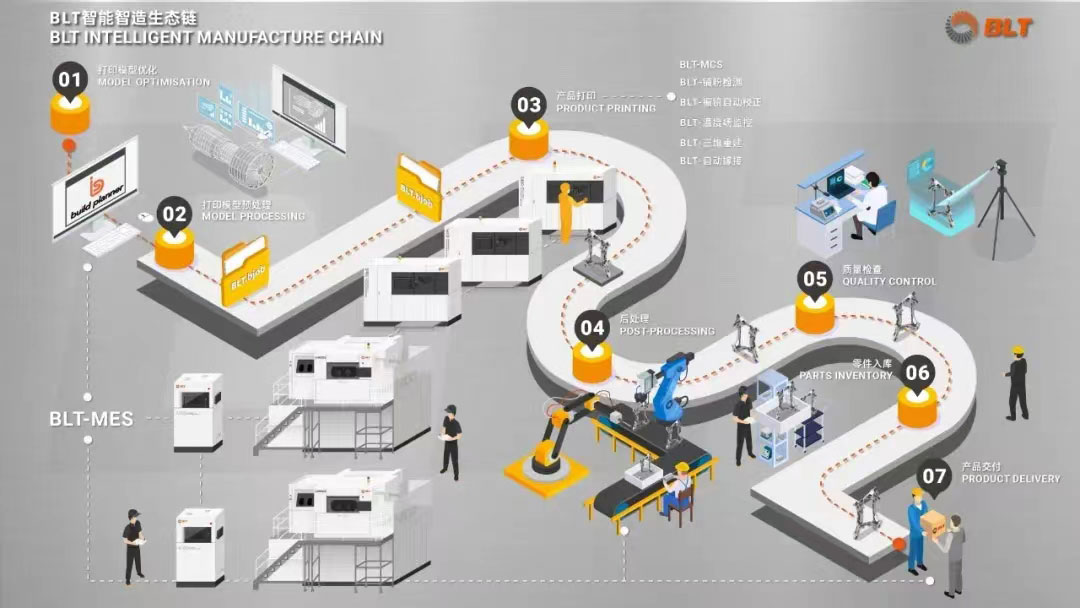
Jia Xin emphasized that the BLT-MES system has been successfully applied at multiple customer sites, helping customers achieve the transition from manual operation to automated production. This not only reduces the error rate of manual operation, but also greatly improves the stability and consistency of production. Through the improvement of these software systems, BLT has further enhanced the market competitiveness of its equipment and met the needs of customers from different industries for efficient, stable and intelligent production.
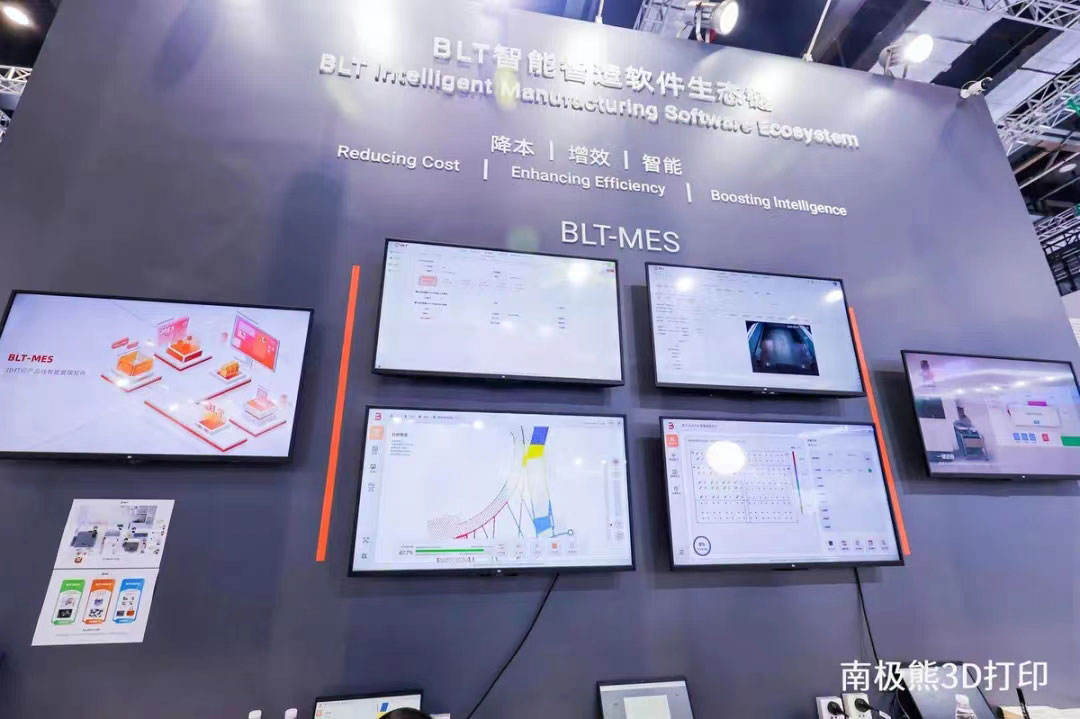
Future-oriented development
Looking ahead, Polylite will continue to keep up with market demand and develop 3D printing technologies and equipment that are suitable for various application scenarios. The company will continue to invest in research and development of large-format and multi-laser beam equipment to further reduce costs and improve efficiency to meet the needs of more industries.
“In the future, we will continue to keep up with market demand, keep innovating, and promote the application of 3D printing technology in more fields,” Jia Xin concluded.
Through this interview, we have seen the efforts and achievements of Polylite in promoting the transformation of 3D printing technology into the era of mass production. The company's outstanding performance in automation, cost control, high efficiency and market response will undoubtedly lead 3D printing technology to new heights.
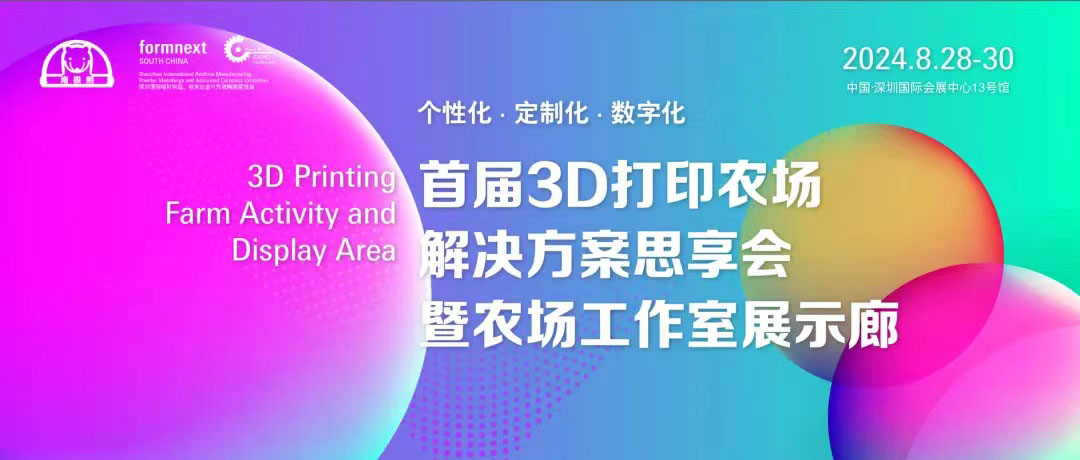
Original from: AntarcticBear3DPrinting

